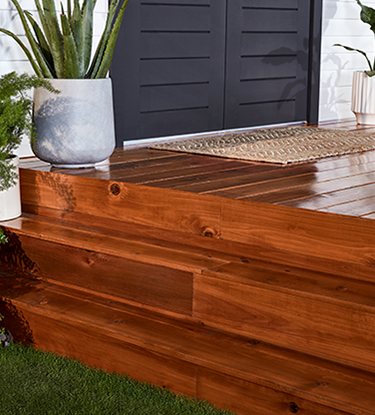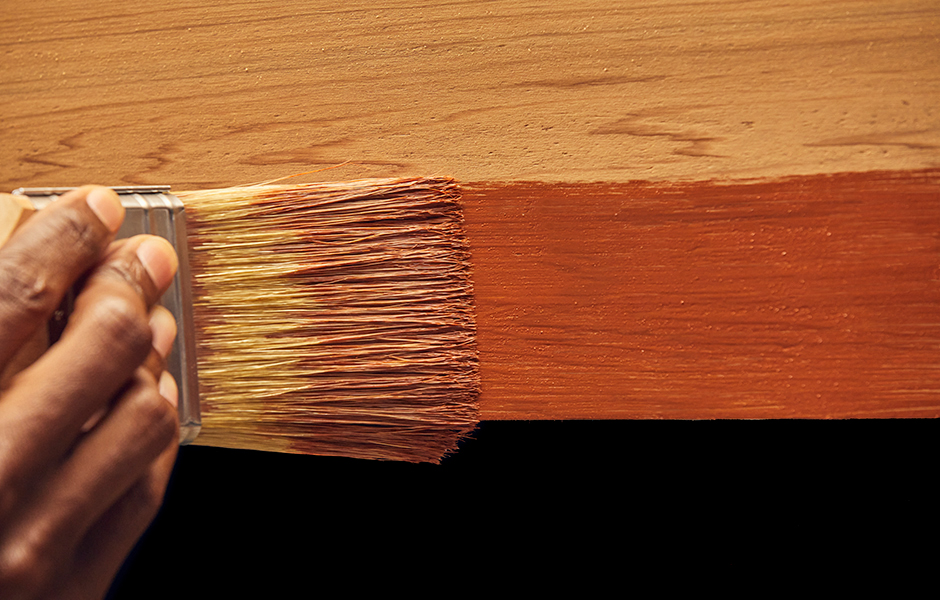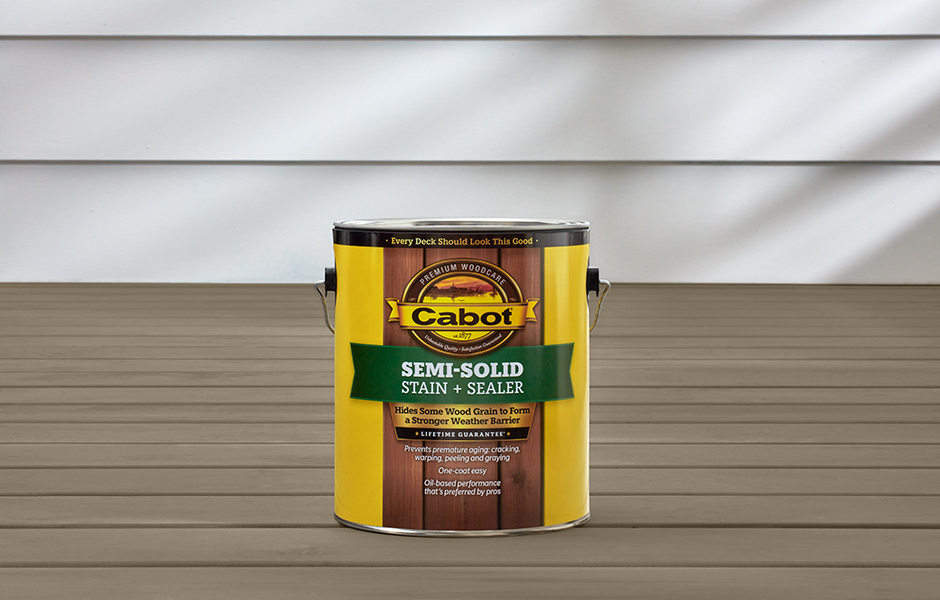FACTORS THAT INFLUENCE COLOR PERCEPTION
There are many factors that influence the way a color looks on a finished project. These include the wood's color and substrate texture, subcoats applied to the wood and the light source.
Wood color and substrate— These two factors will affect the appearance of all stain products, but this is especially true of wood toner, semi-transparent and semi-solid stains. Porous wood, such as rough-cut lumber, will absorb more stain and allow more of the substrate to show through.
Subcoats— When staining, it's important to remember this: the first coat of a two-coat system will usually appear lighter than the second coat. So don't judge the color from the first coat alone.
Light color— The color of light can change dramatically during the course of a day. Sunset light tends to be golden; evening light is often bluish; cloudy days cast a grayer light than sunny days, which are usually yellower.



